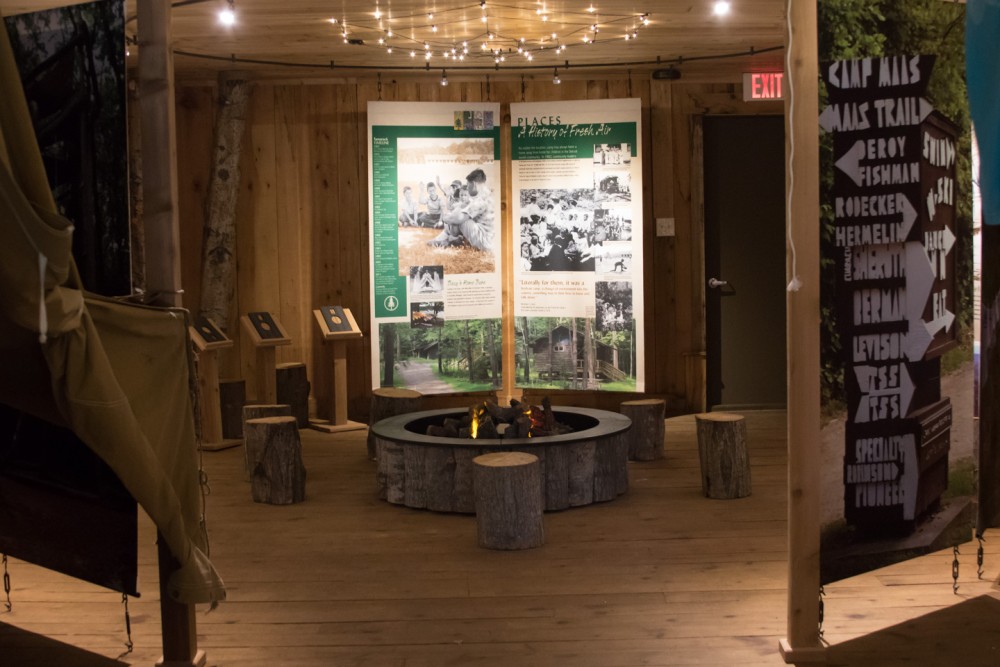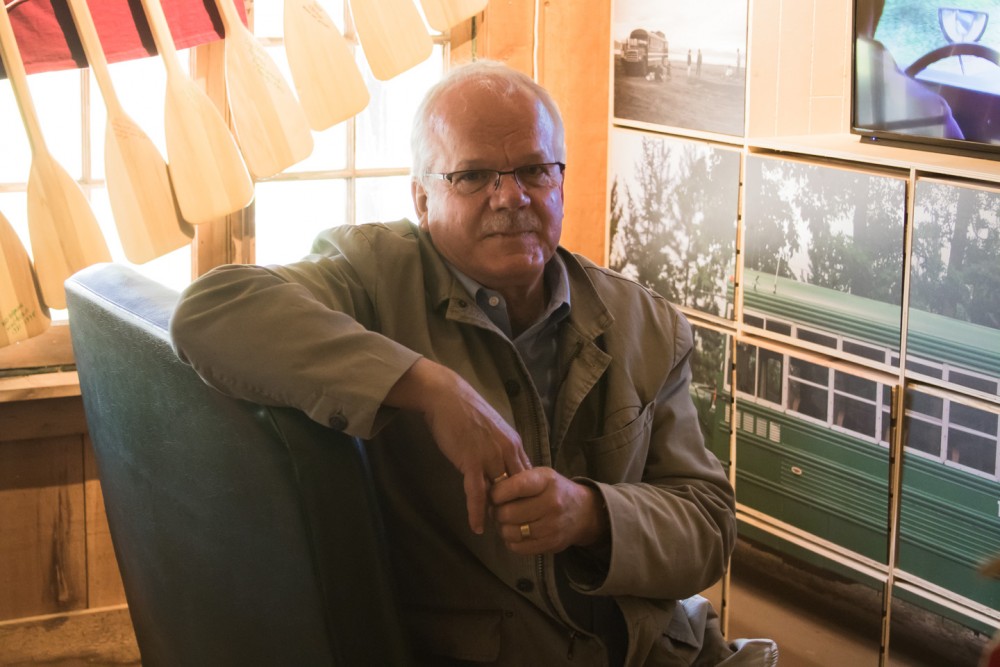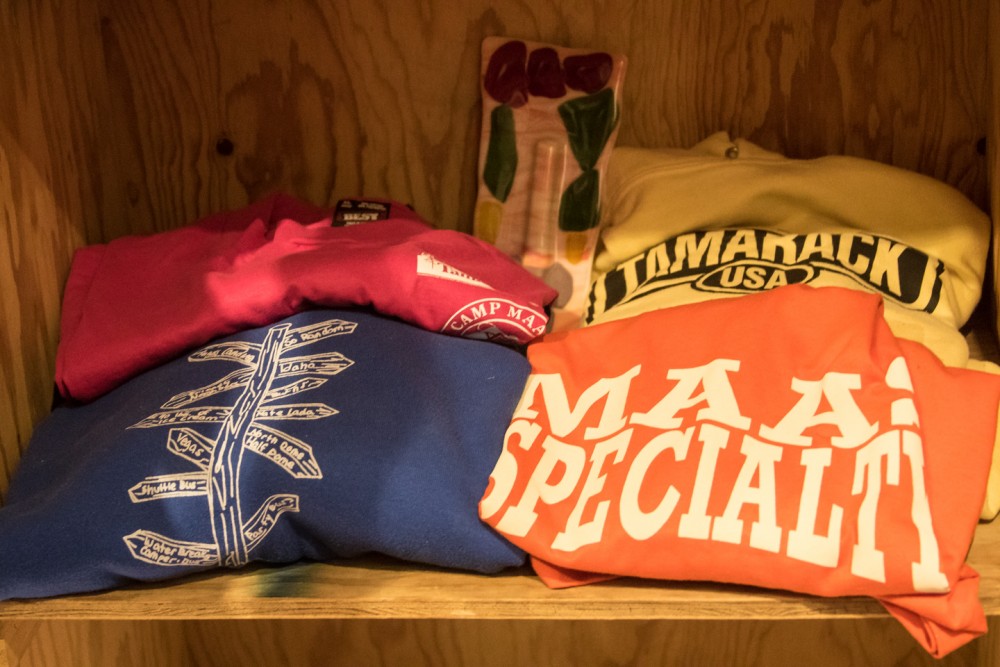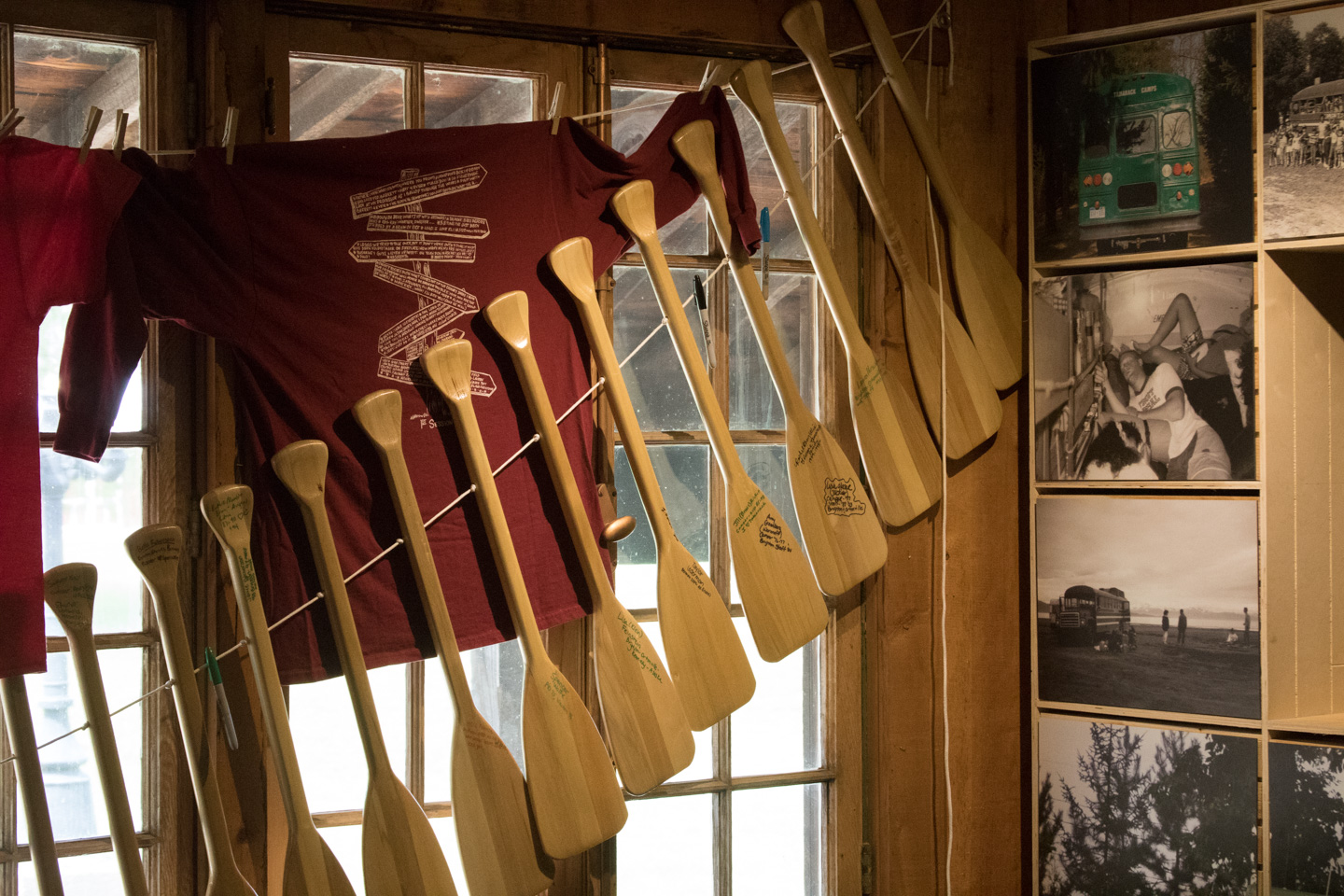What keeps Tamarack Campers coming back, summer after summer, generation after generation . . . ever growing in strength and numbers as alumni, parents and grandparents, supporters, benefactors and friends for life?
Perhaps there’s something in that fresh air . . .
Spanning five generations
From its humble origin serving indigent children in its earliest days as the Fresh Air Society, Tamarack Camps has grown into a multi-faceted agency with assets far more reaching than its 1,250 forested acres, sparkling lake waters and exceptional facilities in Ortonville, Michigan. As one of the largest and oldest Jewish summer camps in the world today, Tamarack now serves thousands of campers, families and school groups year round with the mission to build Jewish identity and strengthen a vibrant community.
Building on its legacy of caring, Tamarack has been ever responsive to the needs of the time, providing a welcome summer home for immigrant children, survivors of the Holocaust, Israeli children in the crossfires of the Intifada, as well as children with a diverse range of special needs. And, to support services and scholarships for families in respect to their ability to pay each summer, Tamarack raises approximately $1 million for financial aid, which is more than any Jewish camp in the world.

A story of strong connections
“There’s a story here that needs to be told,” says Tamarack Camps Chief Executive Officer, Steve Engel. “Spanning five generations, Tamarack Camps has long been considered to be a jewel of our community. The time has come to celebrate our vibrant history in a permanent home, where summer campers along with their families and thousands of alumni and visitors can come and explore our roots and experience our organization’s rich Jewish heritage.”
On June 19, 2016 – Family Fun Day at Camp Maas – the Tamarack legacy will come to life in the Clara and Irvin Charach Tamarack Museum, thanks to the vision and dedication of many volunteers with the generous support of Natalie and Manny Charach in honor of Manny’s parents, Clara and Irvin. Located within the gateway to the Camp Maas grounds, inside the main building of the Smoklerville Pioneer Village, the museum occupies a rustic storefront space of approximately 700 square feet equipped to accommodate visitors year round.
Now at 90, Manny Charach recollects his own experience at a camp for children of immigrants in Pittsburgh back in 1935. “I’ve always been thankful for my one-week experience at that camp,” he said. “And when I learned that Tamarack was looking to start a museum for the memories that have been gathered over 114 years, I leaped at that opportunity to help. My wife, Natalie, and I are honored to be a part of this wonderful project.”
“From its inception three years ago, the project took on a life of its own, and I count it among the most fun and gratifying professional assignments I’ve ever had,” observed Sharon Alterman. As Archivist of the Leonard N. Simons Jewish Community Archives, at the time, Sharon was enlisted to catalog the Tamarack Camps massive collection of photos and documents, as well as to partner with Tamarack to collect and organize photographs and camp memorabilia from the community in an initiative called the Tamarack Memories Project. This effort, led by past president Michael Maddin, then evolved into the larger project of building the museum, conceived as an integral part of the camping program.
“Given the overwhelming response of the community to the Memories Project, we realized we had an even larger story to tell,” said Michael Maddin. “Tamarack’s story is the story of our strong community connections. When we speak of Tamarack, we talk about some of our happiest childhood memories, the skills we gained and friendships that are life-long. Through the lessons learned and values fostered in camping programs – including the adult-related programs such as the Bubbie Zaydie Family Camp –Tamarack alumni often become the communal leaders of their generation as well as better parents and grandparents.”

Beyond the Green Bus: A walk-through the exhibit
“Our vision for the Clara and Irvin Charach Tamarack Museum was that it would be an immersive experience,” says Sharon. “Visitors are invited to share their memories and stories as they view hundreds of photos, posters and camp artifacts on display. The rustic space readily allows for interchangeable components, as well as crafts, photos and memorabilia that campers and their families are welcome to contribute over time.”
The museum comprises three main vignettes depicting iconic elements of camp life. Take a seat for a virtual ride on a Green Bus, then explore the Village area, where bunks in a cabin and tent are so authentically replicated, you might close your eyes and almost hear crickets chirping. Finally, for the “record,” at the heart of the museum, gather ‘round the Story Circle at the campfire to share memories of summer nights under the stars.
A creative collaboration
The collection of artifacts on current display have been gathered in large part through the collaborative effort of a community task force, chaired by Jeff Zeman. The group additionally played an active role in developing the overarching themes, as well as the narrative of the exhibit.
“Our creative process was collaborative,” explains Joseph Hines, exhibit designer and Principal of Project Arts & Ideas. “Our goal was to bring camp alive to many generations, to make each exhibit an active living space. In the hunt for ideas, I found the history fascinating – to learn that Fresh Air wasn’t just a euphemism; back in the day where people were living next to factories, it meant a lot to get away. The experience was transformative. And, in that spirit, we grabbed sparks of inspiration out of the air –drawing much of the content from items found in storage and in conversations with campers of all generations, hearing their stories and soaking up information from their photos.”

On with the story . . . recalling the past to preserve the future
As the community portal for connecting and reconnecting Tamarack alumni, the Clara and Irvin Charach Tamarack Museum invites campers and visitors to share their camping experiences. A web-based component of the exhibit is now in development and will be online soon. To contribute photos and items to the Tamarack Memories Project, please contact Gabe Neistein at gneistein@tamarackcamps.com.




